Spring yellows : We may be deep in grey rainy winter weather, but the days are getting longer and Spring is on the horizon. And yellow is the colour often associated with Spring and Easter – fresh scented daffodils, pretty primroses … even if you don’t use yellow in the garden at other times of the year, I’m sure at least a little yellow will stray into your spring pots and borders.
Yellow excites : Yellow is a primary colour on the colour wheel and a warm one at that. Warm colours, such as yellow, red and orange draw attention and excite. As such, they can distract the eye away from an eyesore, or draw attention to a feature, such as the lovely urn above, or the parterre below.
When used on its own, yellow can help make a statement.
Monochrome schemes : Using a monochromatic colour palette, all yellow in this case, creates a harmonious feel to your scheme. You can use various shades of yellow – palest primrose, soft lemon, through to vibrant yellows and, because they are all tones of yellow, they will harmonise.
Remember too that green and yellow-green are next to yellow on the colour wheel and therefore foliage will tone in too.
Complementary colours : But if you really want to make an impact, use yellow’s Complementary colour of Purple or tones of Blue. Blue is a “cold” colour and when you place it next to a “hot” colour the effect is heightened. Van Gogh used this colour contrast in many of his paintings.
The combination of complementary colours heightens each other’s effect.
There’s no right or wrong. Colour in the garden, as in fashion or interiors, is a matter of personal taste – some like to play safe, others like exuberance. On a personal level, I have an aversion to strong pinks and yellows next to one another in a border, like below.
Yet, I like softer shades of pink and lemon in a spring border.
Hot colours: When mixed with the other hot primary colour Red, Yellow adds drama to a border.
I prefer the tawnier shades of yellow and orange which look mellow, mixed with grasses, in the autumn light.
So Yellow
- is a “hot” Primary colour
- can distract the eye away from an eyesore
- can draw attention to a feature
- is an exciting colour in the border
- provides strong contrasts when mixed with its Complementary Purple and Blue
- tones well with green foliage
- tones well with tawny orange shades in the Autumn
- adds drama when mixed with the other “hot” primary, Red.
Whatever your preference, I hope you will let a little yellow sunshine into your garden this spring.


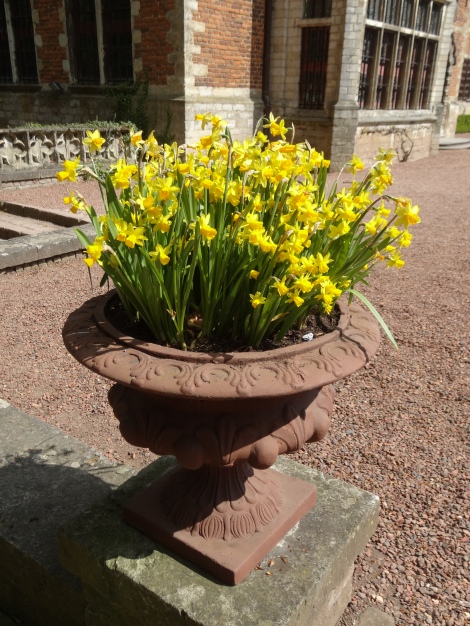
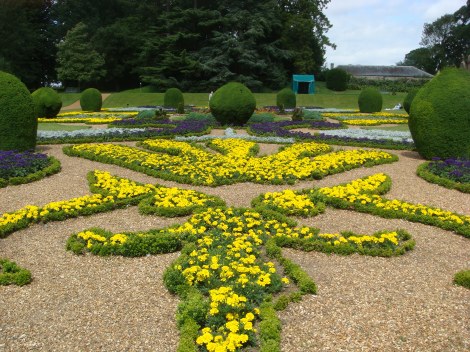

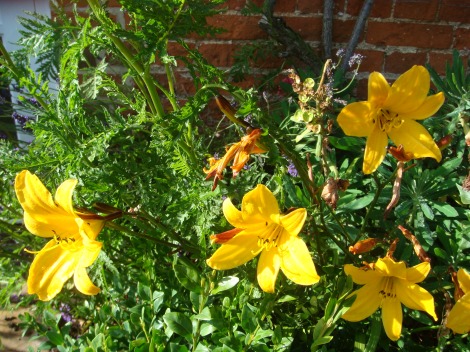
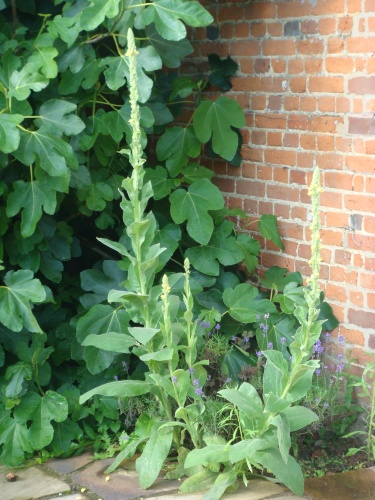
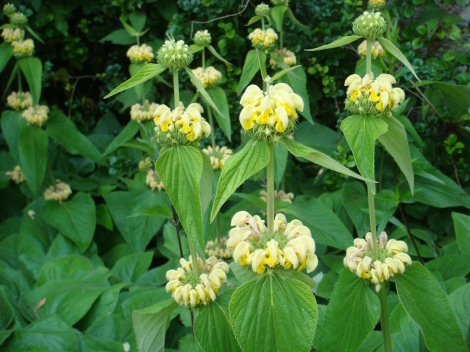

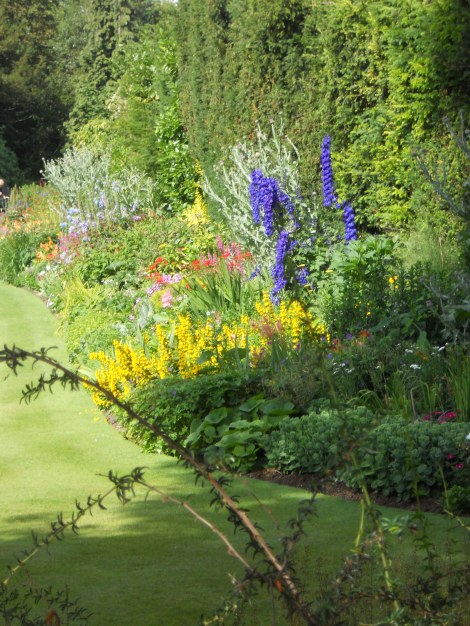
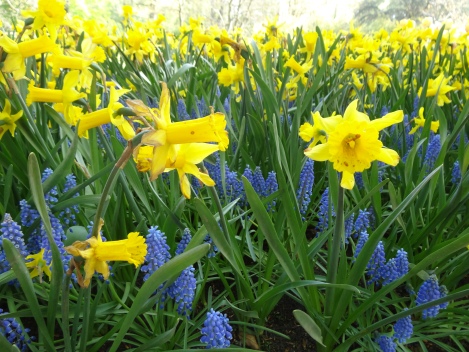
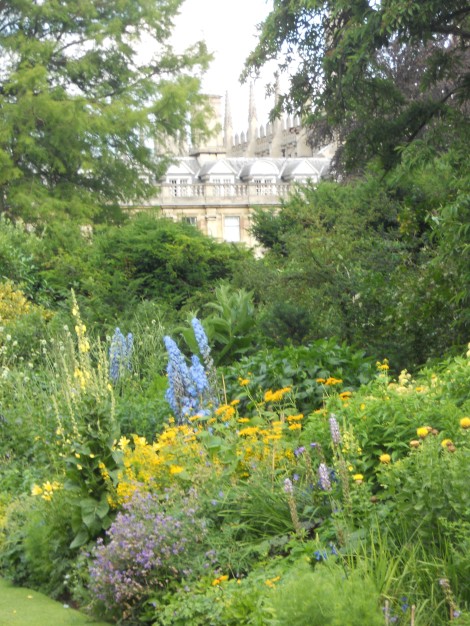
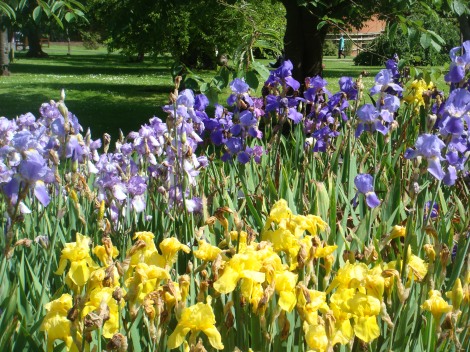
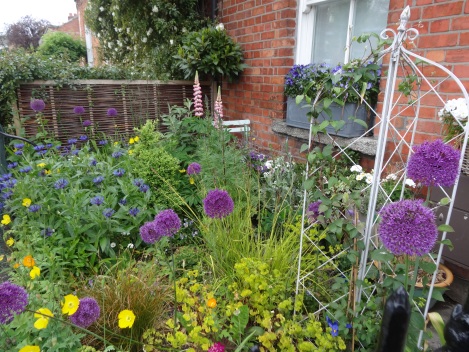
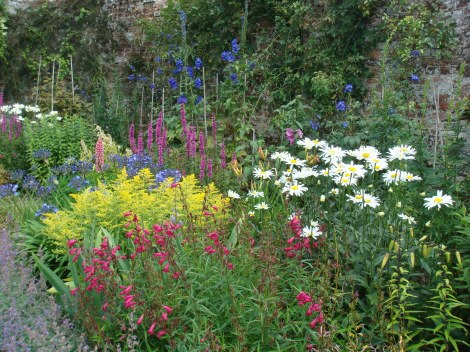
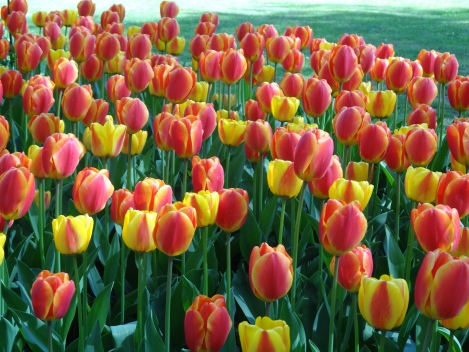
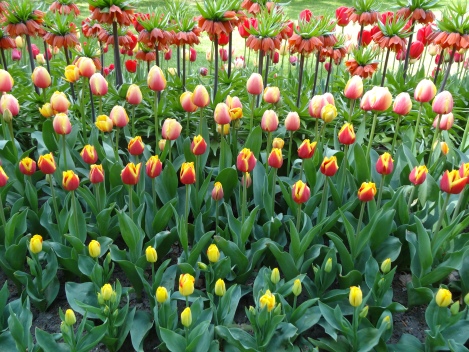
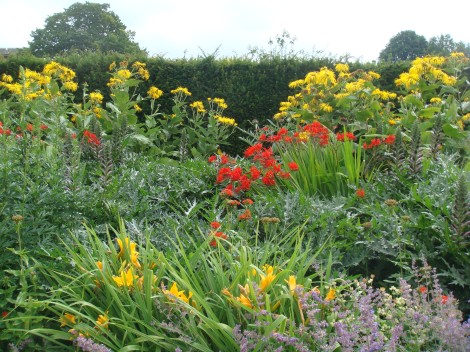

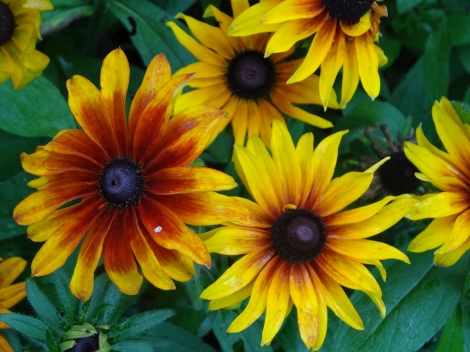
I love yellow, so cheerful and bright! 😀
LikeLike
Thanks .. especially at this time of year. We have had torrential rain but good to see bulbs starting to push their way through the sodden soil.
LikeLike
I looked at some daffs–yellow and bright–in a flower shop yesterday but did not buy them. Seeing your blog today made me wish I had purchased them and cheered me up in today’s grey and rain climate.
LikeLike
Thanks Christopher. Yellow is just the colour to cheer us up on a grey winter’s day.
LikeLike
I love this post focussing on colour! Is it possible to request one for red in the future?? Your excellent and diverse photos illustrate your points really well.
LikeLike
Thank you Padraic, glad you liked it!
More “Colour in the Garden” posts coming up in the coming weeks. As they say, watch this space!
LikeLike
My favorite yellow flower is a night bloomer. It starts to open up late evening, and if I’m lucky and get into the garden before the sun does, I can catch it just before it closes. It’s almost a lemon yellow – but not quite – gentle, yet stands out in the garden bed.
LikeLike
Sounds lovely – is it an Oenothera?
LikeLike
Pingback: Going green in the garden | Jardin
Pingback: Embracing Autumn. | Jardin
Pingback: Colour in my Garden. | Jardin